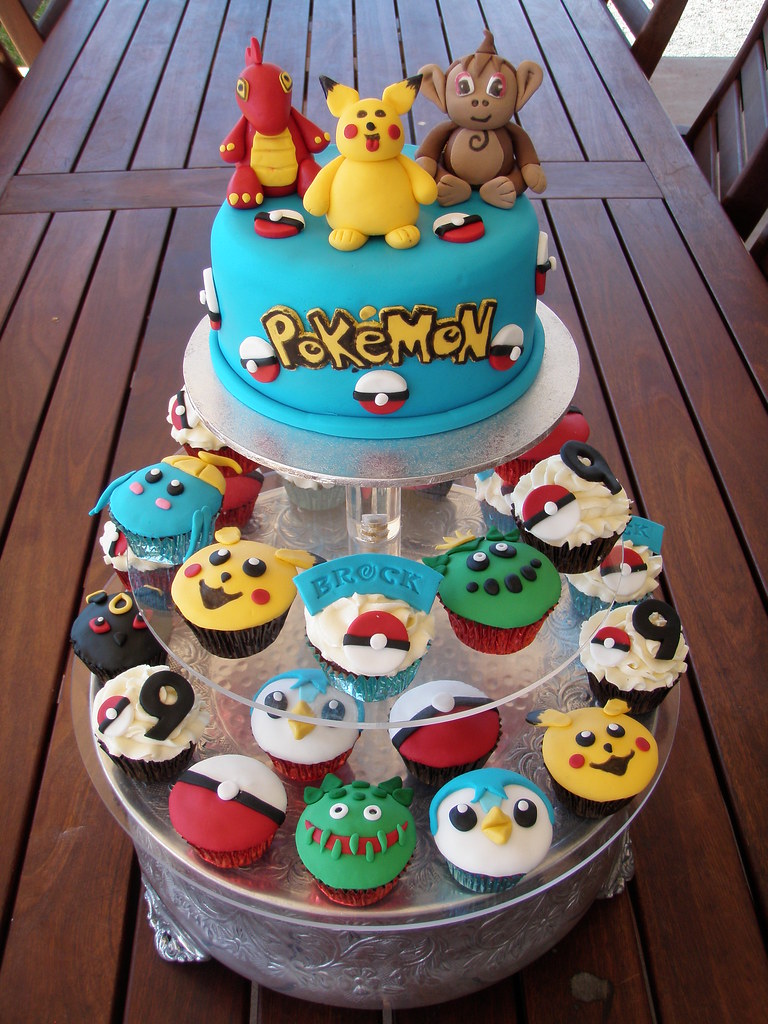
This cemented Pokémon as a monster (pun intended) of a franchise that would show no signs of slowing down. At the same time, Pokémon Stadium (a spin-off for the Nintendo 64 console) was also the best-selling home console game. It outsold Pokémon Yellow’s record sales with 1.4 million copies combined in a week-the fastest selling video games ever at that point. Gold and Silver also let you breed Pokémon and had a real-time day and night system. These games introduced many new mechanics and obviously also included new Pokémon (100 of them). Pokémon Gold and Silver arrived in Japan in late 1999 and followed nearly a year later in North American territories. It was also time for a proper sequel to the Game Boy games to go the next level and the advent of the Game Boy Color meant a new generation of Pokémon games would arrive.

These few years in the public saw Pokémon go from a game about a hobby to a worldwide phenomenon. Pocket Monsters’ success led to North America getting the games in 1998 for the Game Boy (as Pokémon Red and Blue). The popularity of the anime and Yellow, I believe, led to Pikachu becoming the most recognizable and loved Pokémon out there. Interestingly, Ketchum’s name in the Japanese version of the anime is Satoshi, after Tajiri, the game’s creator. (Gotta Ketchum all, am I right? I’ll just show myself out.) Pokémon Yellow redesigned the main player character to match Ketchum from the anime as well adding the Pikachu character, along with a number of other characters in the game. Ketchum was the main character in the anime. He refused to stay inside and followed you around just like Ash Ketchum’s Pikachu did in the anime. While the Pokémon usually stay in their Poké Balls (Pokémon are captured using Poké Balls that you carry around-how exactly they fit in is a bit of a mystery), Pikachu behaved differently. It was inspired by the super popular Pokémon anime that aired around the same time, leading to some changes to the base game.įor one, you had to start off with Pikachu instead of picking one of the three starter Pokémon in the previous releases. Yellow also sees Pikachu (the most famous Pokémon and brand figure for the franchise) on the cover.
#Pokemon world 3d cant log in full
Pokémon Blue saw a full release for the Game Boy at retail along with a special edition Pokémon Yellow. Even today, said magazine had exclusive information about new Pokémon in the latest games set to release this winter. Remember mail-order catalogues? Yep, those were still a thing back then and CoroCoro Comics, a monthly magazine, plays an important part in Pokémon history. One of them was Pokémon Blue, only available as a mail-order title in Japan. Pokémon Red and Green were so successful that there were several special re-releases and limited editions. There have been multiple remakes and re-releases as well. The important mainline releases are Pokémon Red and Green (and Blue, a special edition released later) on the Game Boy, Gold and Silver on the Game Boy Color, Ruby and Sapphire on the Game Boy Advance, Diamond and Pearl on the Nintendo DS, Black and White on the DS, and finally X and Y on the 3DS systems.
#Pokemon world 3d cant log in series
The philosophy of two games per release in the main series continues even today-Pokémon Sun and Moon release in November.Įach generation introduced more and more Pokémon, with the number up to 721 today (Sun and Moon will give us yet some more in November).

The trading and collecting mentality to get to “100% completion" is what made the games more social, as is seen in the current craze over Pokémon Go on iOS and Android. Red and Green went on to sell millions of copies. In the end, you get to face-off against the best Pokémon trainers in the land, and also defeat an evil mega-corporation (Most Japanese role-playing games in the genre end up having the same basic plot, really). And so, in Red and Green, you also travel to different Pokémon gyms and battle the gym leaders to win badges, a process that gets more challenging as you go along. Playing The Final Fantasy Legend on the Game Boy had showed Tajiri that the system could take more than just action games-there was a place for role-playing games too. The turn-based Pokémon battles were the other major aspect of the game. Players could use Nintendo’s Game Boy link cable to, well, link up and trade Pokémon, as well as engage in battles with each other. Pokémon Red and Pokémon Green were different versions, as it were, and each had a few Pokémon exclusive to it. To get all 151 Pokémon, however, you had to trade with other players. You start out with a single Pokémon (you get to pick one of three) and one aim is to “Catch ‘em all".


 0 kommentar(er)
0 kommentar(er)
